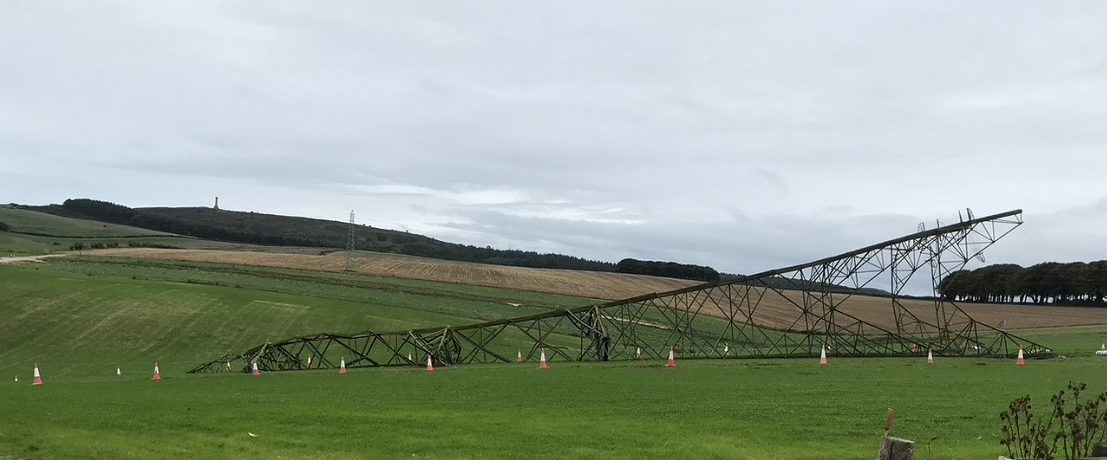Pylons down as landscapes restored
We had cause for celebration last month as the final pylon came down in a stretch of the Peak District National Park as a result of CPRE campaigning.
CPRE called for unsightly pylons to be undergrounded more than a decade ago, with National Grid committing to £500 million support for removing the most challenging highest voltage transmission lines in 2012. After several years of deciding which sites would give the greatest impact on landscape improvement and scoping the candidates, this year is finally seeing the pylons’ demise.
A video showing a pylon being downed in the Peak District
Last month also saw the pylons start to come down in Dorset Area of Outstanding Natural Beauty as part of the decade-long project to underground the largest and most unsightly pylons in our most iconic landscapes.
Tom Fyans, interim chief executive of CPRE, who has represented us on the project’s advisory group said: ‘It’s great to see a major infrastructure project that actually improves our landscape and the views that so many people treasure. It shows that when the will is there, we can protect our iconic landscapes and meet our nation’s energy needs.’
Dorset AONB will see 9km of overhead lines and 22 pylons removed by the end of the year. The Peak District power line, which runs from Dunford Bridge through the Upper Don Valley to Castle Hill, is now underground for 1.5km.
Planning permission has also been granted for a similar project in Snowdonia, while a second scheme run with the local operators, backed by several CPRE local groups, has seen over 200km of lower voltage overhead lines buried underground in protected landscapes since 2005.





